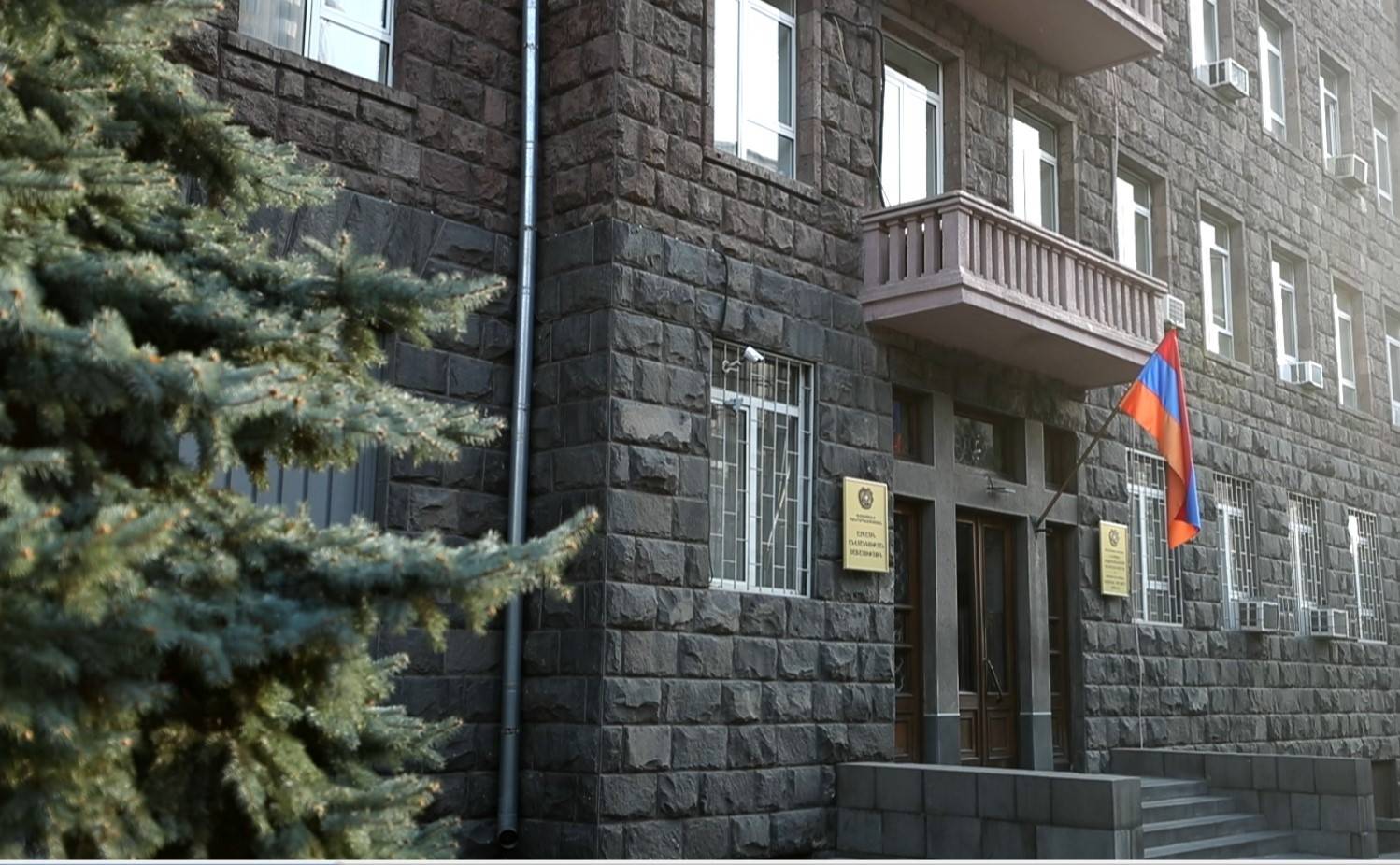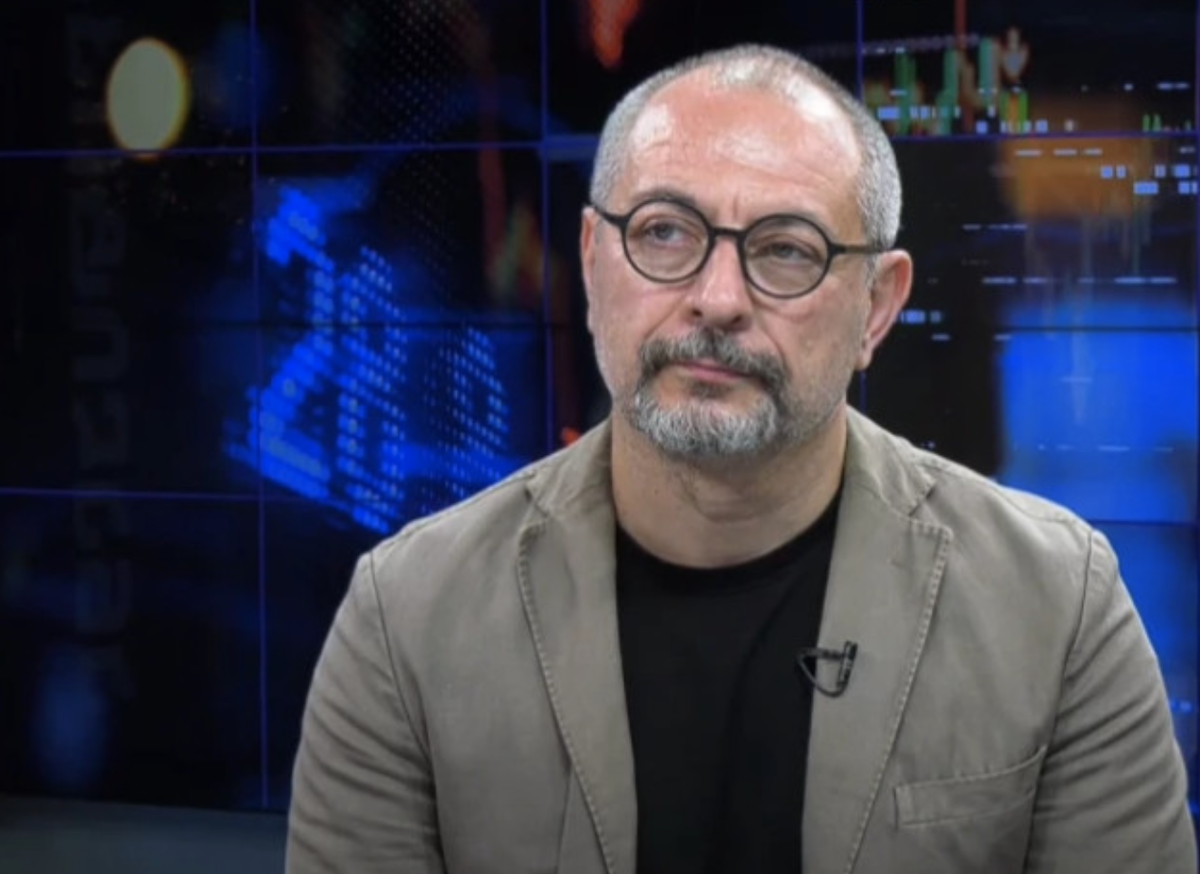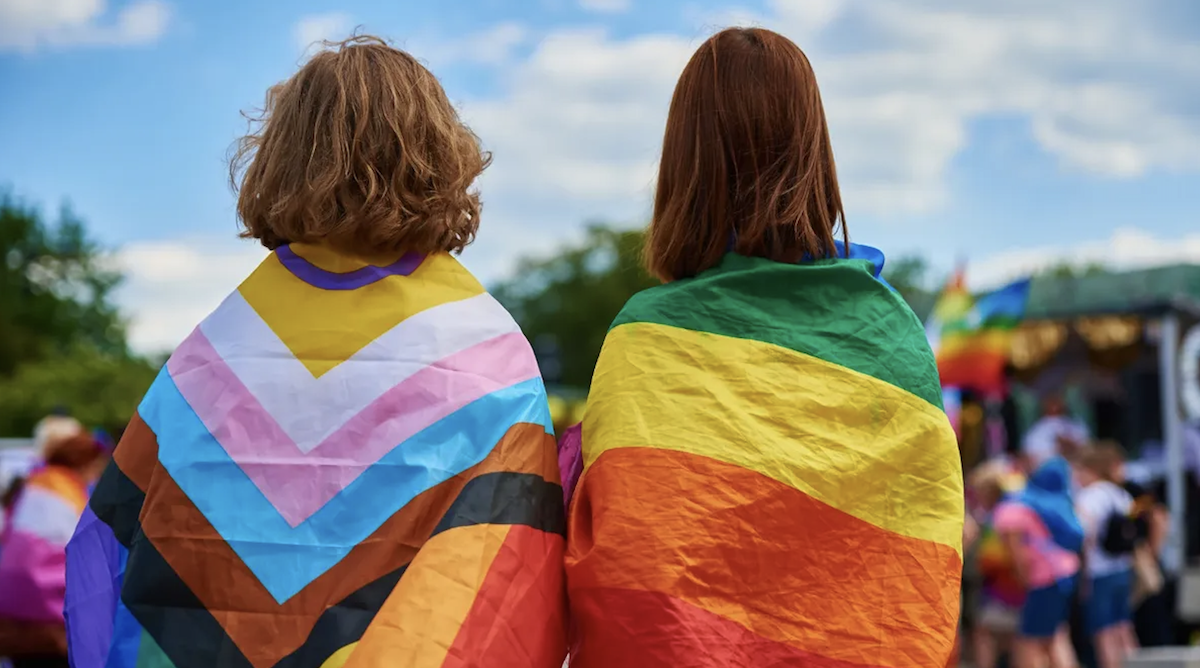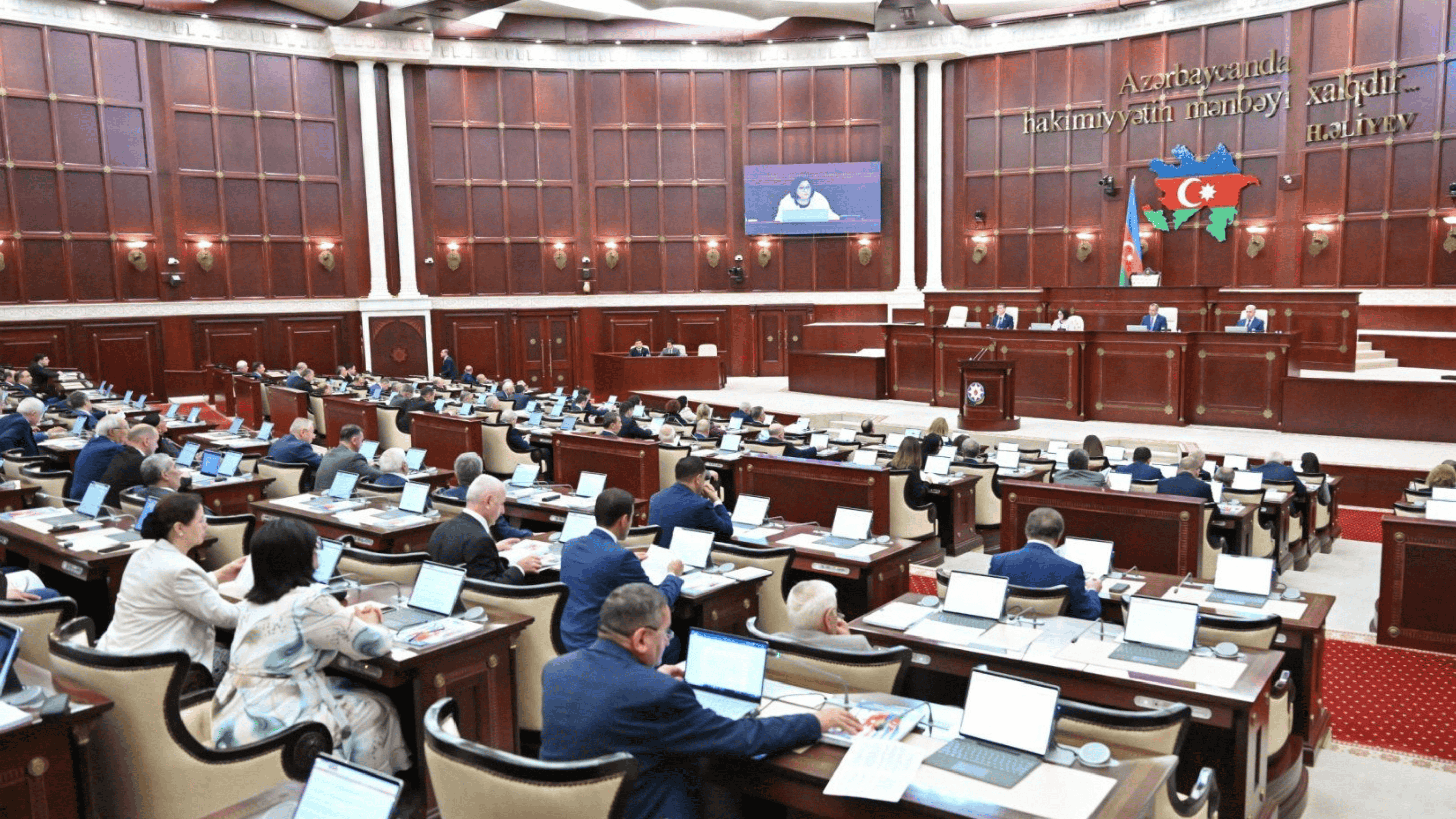Update – terrorist leader who shot up Armenian parliament 20 years ago to remain in prison.
The leader of the armed group that carried out an attack on the Armenian parliament on October 27, 1999, Nairi Hunanyan, recently filed a request for parole, however he will not be released.
He was sentenced to life imprisonment and has been serving his sentence for 20 years.
After this period, those serving life sentences can petition for early release, which Hunanyan tried to use.
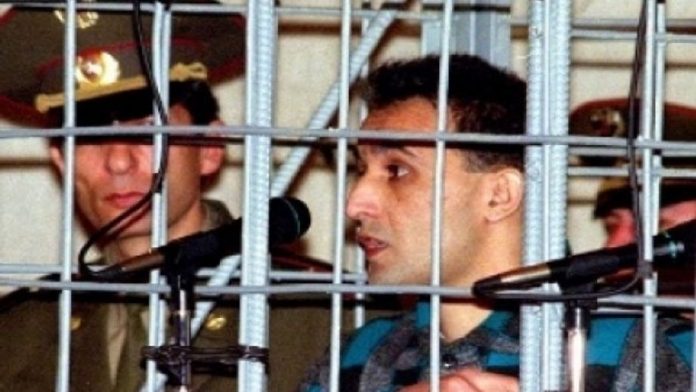
However, in order for the matter to go to court, the Penitentiary Service and the Probation Service had to give the go ahead. However, both services submitted a negative opinion on the release of Nairi Hunanyan.
This means that the issue of his parole will not reach the court.
This decision can be appealed in court within ten days.
And here the prisoner faces the following choice:
• if he does not appeal the decision he received from the administration, then the issue of parole may again be considered after a year and a half;
• if he appeals against the decision of the management of the penal institution, but the court rejects the request, he will be able to re-appeal the issue of parole only three years later.
What happened on 27 October 1999?
An armed group broke into the main hall of the National Assembly of Armenia and shot eight people. Among them were the speaker of parliament and two vice speakers, the prime minister, three deputies and one minister.
The group did so to force Prime Minister Vazgen Sargsyan to resign and, as they put it, “save the country from collapse.”
The leader of the group was Nairi Hunanyan. As the journalists in the meeting hall later said, Hunanyan went to the Prime Minister Vazgen Sargsyan and uttered the following phrase: “Stop drinking our blood.”
Vazgen Sargsyan replied: “Everything is being done for you and your children.” In response, Nairi Hunanyan opened fire. Vazgen Sargsyan died.
• Armenians demand clarification of 1999 parliament attack
Witnesses note that the shots were heard on the street. Half an hour after the first shots, thousands of people gathered at the parliament building, and large forces of the Ministry of Internal Affairs were drawn up.
The terrorists took about 50 people hostage – MPs and ministers. They demanded direct negotiations with President Robert Kocharian.
Negotiations took place. The terrorists demanded that they be given a fair trial and not executed. Details of the conversation are still unknown.
On October 28, the hostages were released, and members of the armed group were arrested.
The court decided five years after the bloodshed in parliament. All members of the group, with the exception of one, were sentenced to life imprisonment.
In Armenia, many remember that in their last words in court, none of the criminals expressed regret or remorse.
October 24, 2019
“The outcome is obvious” – Minister of Justice
The petition of Nairi Hunanyan should be considered within 80 days.
Justice Minister Rustam Badasyan, answering questions from members of parliament about the possibility of releasing the leader of the gang, suggested that this was unlikely.
He explained in detail the procedure that followed the receipt of a prisoner’s request for early release, and explained why he did not believe in a positive outcome for Hunanyan.
After receiving the request, the probation service and the penitentiary service must give their opinion. If both services give a positive opinion, then the prisoner’s request is sent to the court.
If one of these structures gives a positive conclusion, and the other negative, then the issue is discussed in court with the written consent of the convict. The petition is rejected if both structures give a negative conclusion.
The minister said that the criminal-executive service had already given a negative opinion, and most likely the probation service would do the same.
“I think the outcome of the case is obvious,” Badasyan said.
That is, according to the Minister of Justice, the case will not even reach the court.
Another opinion
Andranik Kocharian, Chairman of the Permanent Parliamentary Committee on Defense and Security, says that Nairi Hunanyan’s petition is, first of all, an opportunity and an attempt to speak out:
“If Nairi Hunanyan is ready to provide the investigative authority with significant episodes that are still unknown to the public, then, of course, we will try to fully realize this opportunity…
“But this may be another signal. Some people gave him hope that he might have the opportunity to be free. But this certainly does not concern the authorities.”
An unsolved crime
The perpetrators of the crime were punished, but in Armenia, many believe that there were also clients whose names are still unknown. The true motives of the crime remain unexplained.
There are several versions. According to one, the attack in the parliament of Armenia was organized by the special services of other states.
According to another version of events, the organizer of the crime was then President Robert Kocharian. Allegedly, in this way he wanted to eliminate his political rivals – those killed during the terrorist act, parliament speaker Karen Demirchyan and Prime Minister Vazgen Sargsyan.
What happened to the members of the armed group and witnesses of the attack?
While the leader of the group, Nairi Hunanyan, continues to be in perfect health in prison, many of his accomplices, as well as witnesses to the attack, died under unclear circumstances.
Eduard Grigoryan, who was sentenced to life imprisonment for participating in a terrorist attack in the parliament building, died on November 5, 2017.
Prior to this, Eduard Grigoryan promised to speak out about “what they are stubbornly trying to hide from society in the case of October 27.”
Eduard Grigoryan allegedly experienced a sharp pain in his heart at night. An ambulance took him to the hospital, where he died.
Prior to Eduard Grigoryan, eight more people died – participants in the terrorist attack and witnesses in the October 27 case.
According to official figures, in 2000 in a penitentiary institution, in his cell, Norayr Yeghiazaryan, who was an electrician by profession, was killed by electric shock.
Meanwhile, judging by the publications in the press, traces of blows were found on the head of Norayn Yeghiazaryan, which did not receive official confirmation.
Later, in 2004, according to an official statement, the participant of the October 27 terrorist attack, Vram Galstyan, sentenced to life imprisonment, committed suicide in his cell.
During the trial, Vram Galstyan periodically stated that he was injected with psychotropic drugs and was strongly encouraged to commit suicide so that people would not find out the truth.
In May 2010, Hamlet Stepanyan, the only one from the group of terrorists who was sentenced to 14 years in prison, died at the same penitentiary institution. His term expired after two years. According to preliminary conclusions, the cause of death of 57-year-old Hamlet Stepanyan was a heart attack. However, his lawyers claimed that Stepanyan had no heart problems.
Journalist, chairman of the Council of Public Television Tigran Naghdalyan, who was closely acquainted with Nairi Hunanyan and was a witness in the case, was killed in 2002 in Yerevan when he left his parents’ house.
In 2004, MP Mushegh Movsisyan was involved in an accident on the Aparan-Yerevan highway. At one time, he was detained in the October 27 case and released after some time. After the accident, he was operated on several times, but Movsisyan died without regaining consciousness.
In the same 2004, also as a result of an accident in the United States, Roza Hovhannisyan, a former nurse of the parliament, who was a witness in the case, died. On the day of the attack, she was in parliament.
In 2004, 45-year-old Asmik Abrahamyan, an employee of the protocol department of the parliament, hanged herself in the building of the National Assembly. She was also a witness in this case.
In 2014, one of the main witnesses died in the United States. The correspondent and commentator of the National Television of Armenia, a close friend of Nairi Hunanyan, Tigran Nazaryan, who entered the hall of the National Assembly on the day of the attack and talked with the leader of the armed group for about two hours.











